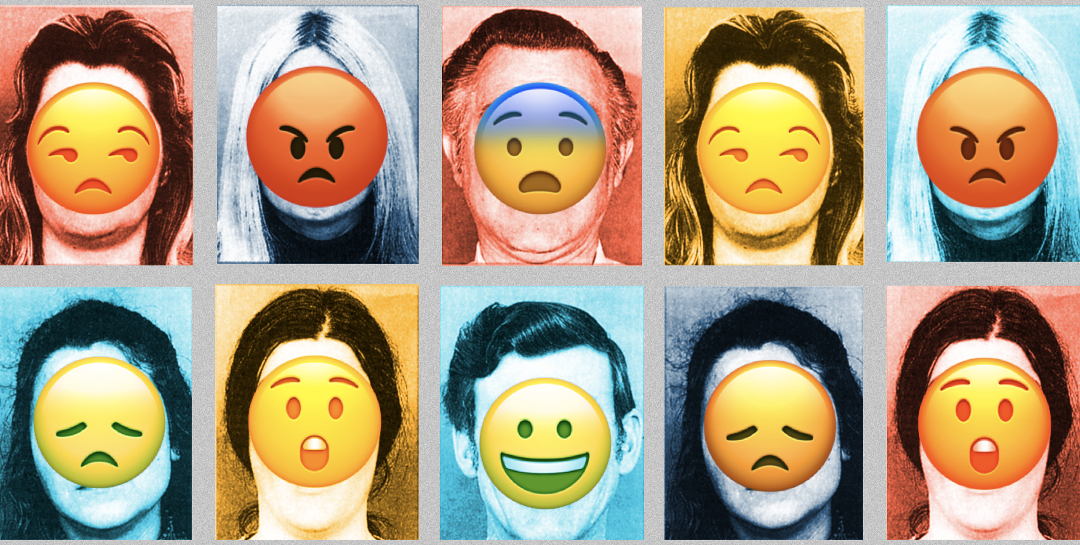According to the international literature there are seven basic emotions:
- Sadness
- Happiness
- Disgust
- Surprise
- Anger
- Contempt
- Fear
Our ability to recognise and produce these emotions through facial expressions is universal. However, when we refer to more complex emotions (e.g. jealousy, love, or pride) the ways in which we express them is highly influenced by culture. Indeed, we can state that emotions are shaped by cultural factors, such as ideas, traditions and other cultural practices. Culture influences us on how we manifest, perceive and experience emotions, but their interpretation depends on a wide range of visual cues, namely, on various non-verbal signals (such as the use of time, space, silence, the sense of touch and smell, and psychical appearance). The usage of this cues depends on the cultural contexts (often defined by geographical borders), where for instance the way of expressing grief, sadness or anxiety may vary. Indeed, culture provides us with structure, guidelines and rules that help us understand, interpret and express different emotions, but the ways in which they are shown may differ according to the cultural rules that decide how and whether is appropriate to express them overtly. Culture somehow dictates the extent to which certain emotions have to be felt and manifested, thus influencing our personal experiences. This means that if basic emotions are easily recognisable through facial expressions, in order to understand other emotions, we have to take into high consideration the cultural contexts in which individuals’ emotions are expressed and those of origins (if different) where they were initially shaped.
SUGGESTED READING
Gallucci, S. (2013). “Emotive accounts of self: insight into Second Language Learning and the construction of new linguistic identities of British students in Italy”. In Rivers, D. J. & Houghton, S. A. (eds.). Social identities and multiple selves in foreign language education. London: Continuum.



